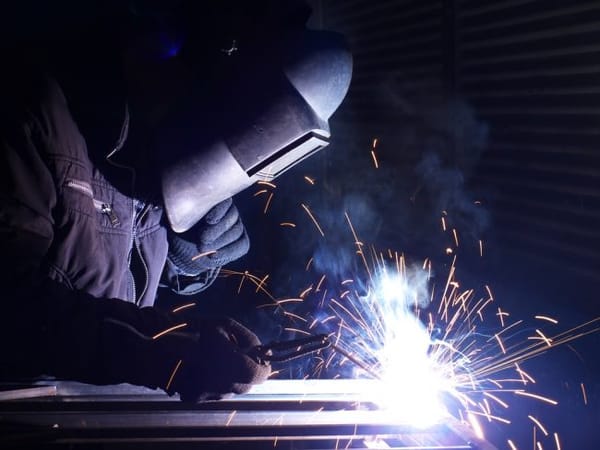New research into exposure to welding fumes
The NSW Government’s Centre for Work Health and Safety, together with The University of Sydney and Curtin University, is conducting research to better understand Australian welding industries and occupations, particularly workers’ exposure to welding fumes, and the risk current control measures being used and their effectiveness.
Lead researcher Professor Tim Driscoll said, “Welding is a cross-industry technology and there is limited knowledge about this high-risk activity and the risk profiles among welders in Australia. We want to know who is being exposed to these fumes, and what their levels of exposure are. This information is needed so appropriate control measures can be designed that minimise exposures as much as possible.”
SafeWork Director, Research and Evaluation, Skye Buatava said, “The long-latency period for occupational cancers and diseases, can cause a significant challenge to establish a direct connection between welding fume exposure and lung cancer.”
The International Agency for Research on Cancer – a specialised cancer agency of the World Health Organization – recently re-classified welding fumes from ‘possibly carcinogenic to humans’, to ‘carcinogenic to humans’.
“The recent reclassification of welding fumes’ carcinogenicity has highlighted the need to better understand exposure to the fumes in a practical setting in order to protect NSW workers from long-term harm,” Ms Buatava said.
From the experts behind the Health & Safety Handbook, the Bulletin brings you the latest work health and safety news, legal updates, case law and practical advice straight to your inbox every week.

